Official Rules of Pool - Pool Table Rules
We all play pool the way we want to, but shouldn’t we play how we’re supposed to? When I play against my father-in-law, not only do I let him win, I also play by his ridiculous rules. I’ve pleaded my case for the real pool table rules, but he insists on playing with no scratches and “tough love”. He learned his rules in Windsor, ON, so I can’t blame him for playing by the rules that someone else taught him. In Canada, we sort of play billiards and pool by the rules that we’ve been taught, so it differs from city to city and province to province. I’m here to tell you the simplified official rules of 8-ball pool, played in professional tournaments, as well as some common Canadian 8-ball billiards misguided rules and fallacies (which are still definitely acceptable).
We offer a lot of pool tables and pool table accessories on our website, but my favourite piece is the Baylor Pool Table. It's the most practical, and it is perfectly rustic, without it being too tacky or cheesy. It would be the perfect billiards table for the cottage or country home. If you are buying a Pool Table in Canada, you should consider us, we guarantee satisfaction!
RULES OF 8-BALL POOL:
- Objective: You know that you sink your group of balls (stripes or solids) entirely before sinking the black ball to win.
- Calling your shot: Your opponent has the right to ask which ball you’re trying to pocket, if it is not obvious. If you sink a ball that was not your intention, it will remain pocketed whether it is your group of balls or not, and the turn will be surrendered.
- Break Shot: The pool ball must start behind the “head string” (common line from where to start, just like you would think). You do not have to call your shot before breaking. For the break to be legal, the player must do either 1, force four balls to hit the rail; or 2, pocket a ball. If the breaker does not follow one of these, then they surrender their turn and commit a foul. If the breaker pockets a ball on the break, they continue their turn until they either commit a foul or do not legally pocket one of their balls.
- Racking: The fifteen object balls are racked as tightly as possible in a triangle, with any solid ball (numbered 1-9 excluding 8) being closest to the white ball, the eight ball in the middle, and one from each group of seven on the two lower corners of the triangle. The other balls are placed in the triangle without purposeful or intentional pattern.
- Standard Fouls: Fouls are as simple as you want them to be, let’s face it. We know that a foul is when you hit the wrong object ball before you hit your intended object ball. Or if the cue ball goes off the table during your turn. Or if you hit no ball at all. Here are the official rules, per WPA Tournament’s official site.
Cue Ball Scratch or off the Table
Ball Driven off the Table (See 3.7 Spotting Balls.)
Bad Play from Behind the Head String
6. What happens after a foul is committed: Cue ball in hand, placed anywhere going any direction upon a foul. Seriously! Not behind the Head String, not in only one particular direction. Just set yourself up for success when your opponent screws up!
7. Balls jumped off table: Turn is surrendered, jumped ball is spotted back on the table. Spotting is along the long string (opposite to head string), or as close to it as possible without interfering with another ball on the table. If the 8 ball is jumped over the table, the player that committed this foul LOSES the game.
8. Foul on the 8 Ball: When each ball in your group is pocketed and you are shooting at the 8 ball, you DO NOT lose if you scratch or foul, you just give up your turn. If you pocket the 8 ball in a pocket that was not your designated intention when shooting at the 8 ball, you LOSE. You also LOSE if you pocket the 8 ball when it is not the object ball.
Pretty easy right? So why can’t we just all get along and follow the same rules?
Common Canadian rules and fallacies include that you must play a foul shot not in-hand, but rather behind the head string. Racking is also different among Canadians, with different variations coming from different regions. I’ve also always played where a foul on the 8 ball when shooting at it is a fatal error, surrendering the game, which is not the case in the official rules.

Here are some other common questions about Billiards in Canada:
Billiards vs. Pool: It’s actually pretty simple. Pool is Billiards. Billiards is considered any game that is played on a table with balls and cues, but does not necessarily include pockets. (Games without pockets are far less fun, trust me) How billiards is played completely varies from one game to the next, but Pool is obviously the most common. There are many different games that you can play on a billiards table, with many different rules of billiards. We’ll get into that in another blog.
Pool table standard size: 9-ft (regulation size table): 100″ (254 cm) x 50″ (127 cm). This is the size played in standard tournaments, but is absolutely not necessary for your home. We offer three sizes for most of our pool tables. 8-ft pool tables are the most common across North America for home billiards tables, but you can go smaller or bigger to your liking or room size. Pool table sizes scale in width when the length changes to make a good rectangular shape. See here or anywhere on our website for an example of the sizes we offer, and how the price changes.
Pool table height: The most common billiards table height is between 75 and 80 centimeters.
Pool table room size: You definitely want some extra room to dominate your guests fairly, and to keep those walls clean. Here’s what we suggest: The minimum space for a table is the playing area plus the length of a cue (58″) plus about 6 inches for the back swing, more for comfort, on each side. This gives:
|
Table length |
playing area |
room size (feet, inches) |
room size (meters) |
|
8′ |
44″ x 88″ |
14’4″ x 18′ |
4.37m x 5.49m |
|
8+’ |
46″ x 92″ |
14’6″ x 18’4″ |
4.42m x 5.59m |
|
9′ |
50″ x 100″ |
14’10” x19′ |
4.52m x 5.79m |
|
12′ (snooker) |
70″ x 140.5″ |
16’6″ x 22’5″ |
5.03m x 6.83m |
Pool table vs. Snooker Table: Snooker has a 12 foot table length. Wow. This length between pockets makes the game a lot more difficult with longer shots, and snooker balls are smaller so it’s harder to get exact contact and angles compared to pool table balls. If you’re an expert and have the room, go for it. But if you’re an average weekend pool player like me or my father-in-law, go with a standard 9’ or even 8’ size.
Pool Table Felt: It’s important to stay with the standard here. Pool table felt is made of WOOL. There is no substitute for at least 60% woolen pool table felt. We offer 30 different colours for your pool table, so choose wisely! You can either try to match it to the room, go standard tournament blue or green, or just go full out funky.

What are billiards balls made of: Pool table balls are made of polyester mostly. Some companies have patents for the material that they use for their pool table balls, but the industry is pretty standard. You will notice a little difference playing the two different balls, but you won’t say that the balls aren’t good if you play the standard, non-patented pool table balls. We offer standard pool table accessory kits here, which includes four mixed-weight, 57” two piece cue sticks, a bridge cue stick, a standard billiard ball set, a standard billiard ball triangle rack, an eight ball triangle rack, cue chalk, rubber chalk holders, a wall mount cue rack, a cue tip repair kit and parts, a table brush, and a rail brush.
Check out our selection of pool table lights. Pool table lights are so important to play billiards the way it is meant to be played, and your vision really does change the way you play. Some of these light go really well with the rustic theme. We have well made wood table games, outdoor leisure like cedar Saunas and Hot Tubs, and bar essentials like our tiki bar that would go perfectly with your indoor pool table.
As long as everyone is having fun and there’s a little bit of trash talk, it doesn’t really matter which rules you follow, as long as you can stay consistent. Whether it’s the Windsor University rules from 1985, or the actual tournament rules followed by the WPS, WPA, CPA, CBSA, APA, and many other official billiards leagues. The important thing is having fun, and playing an honest game of pool. Enjoy!




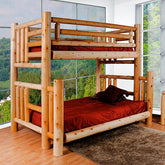

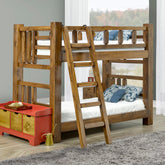

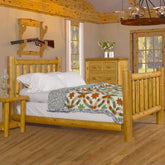


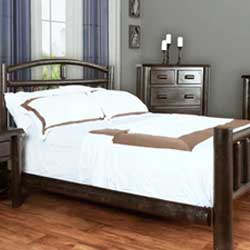
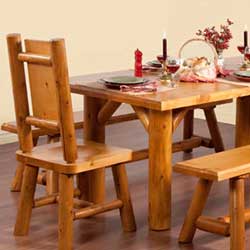
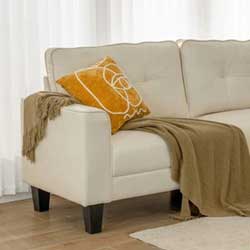
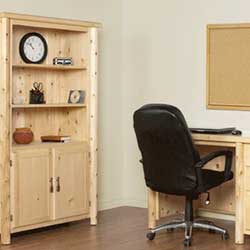
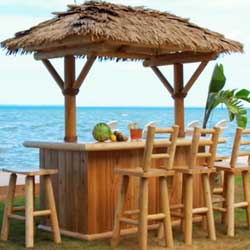
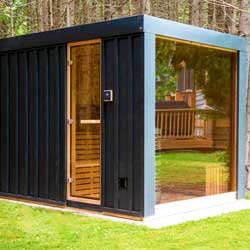


11 Comments
Hi logfurnitureandmore.ca owner, Your posts are always well structured and easy to follow.
Really enjoyable